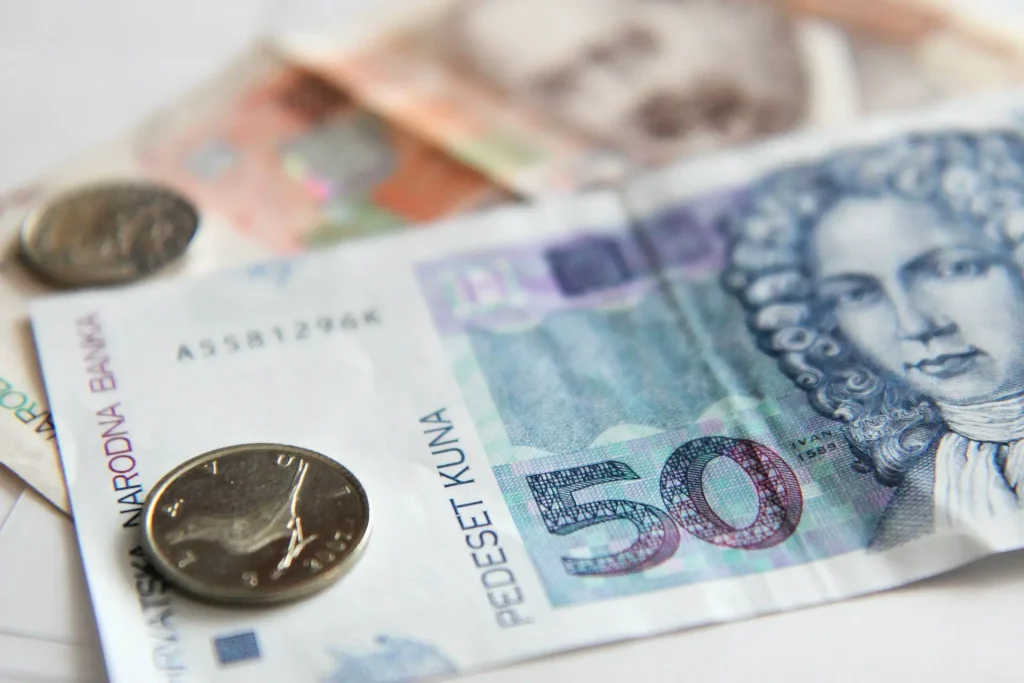As Poslovni Dnevnik/Jadranka Dozan writes, this rule applies to consumption tax, taxes on holiday homes and the use of public areas, while the surtax rates for income tax are more flexible. Surtax rates, namely, can change during the year, with the provison that they come into force at the beginning of the month after the date in which the decision is published in the Official Gazette (Narodne Novine).
”Prescribing provisions governing who taxpayers are, what constitutes the tax base, what the method of calculating and paying local Croatian tax rates is, who is exempt from payment, who can be granted relief or a discount and what evidence can serve as evidence to the tax authorities in the procedure for establishing the facts relevant to taxation etc, doesn’t fall within the scope of the local government, it is prescribed by regulations of higher legal force, such as the ZLP and the General Tax Law,” they explained from the Tax Administration.
When it comes to local Croatian tax rates, meaning those at the local government level, by far the most significant are those from income taxation. According to local budgets in pre-pandemic 2019, these taxes accounted for about 40 percent of total revenues, exceeding 20 billion kuna for the first time ever. Of the total tax revenues, about 70 percent, or about 14.5 billion, were merged through income taxation.
The city and municipal authorities haven’t yet announced changes in surtax rates for next year, but that doesn’t mean that there will be none during the year. In addition to the eight cities that today have a zero-level rate, surcharges aren’t paid at all by residents of 14 municipalities across the Republic of Croatia.
Compared to last year, all changes in the sphere of surtax introduced since this year were in the direction of reducing rates. In addition to 11 cities, they were followed by three municipalities. Among the cities, the surtaxes in Cakovec, Pleternica, Vodice and the earthquake-damaged Petrinja have been reduced to a very welcome zero.
In Pakrac and Slavonski Brod, for example, rates were halved (from 10 to 5 and 12 to 6 percent, respectively), in Novska, the local government reduced the surtax rate from 10 to 8 percent, in Vinkovci from 13 to 9, and in Zupanja from 12 down to 9 percent.
Some places abolished surtax
The highest rates are reserved for the largest cities, where it’s difficult to touch the surtaxes. Behind the City of Zagreb with a maximum of 18 percent surtax are Split and Rijeka with a 15 percent rate, and 14 other cities have local Croatian tax rates which are higher than 10 percent (with most of them having found the optimal result in a 12 percent rate).
At the same time, some city (and municipal) authorities have already abolished the payment of surtaxes, and the residents of Ilok haven’t had surtaxes since 2019, while Bjelovar, Valpovo and Sinj did the same last year. Among the municipalities with zero surtax rates are, for example, Dugopolje, Rugvica and Motovun.
Last week’s announcement of the Tax Administration regarding local Croatian tax rates states that local self-government units are obliged to submit the decisions of their representative body (including any amendments) within eight days so that they are available to all taxpayers and employers in one place. That said, it is equally important for the Tax Administration itself to harmonise its actions.
For more, check out our lifestyle section.









